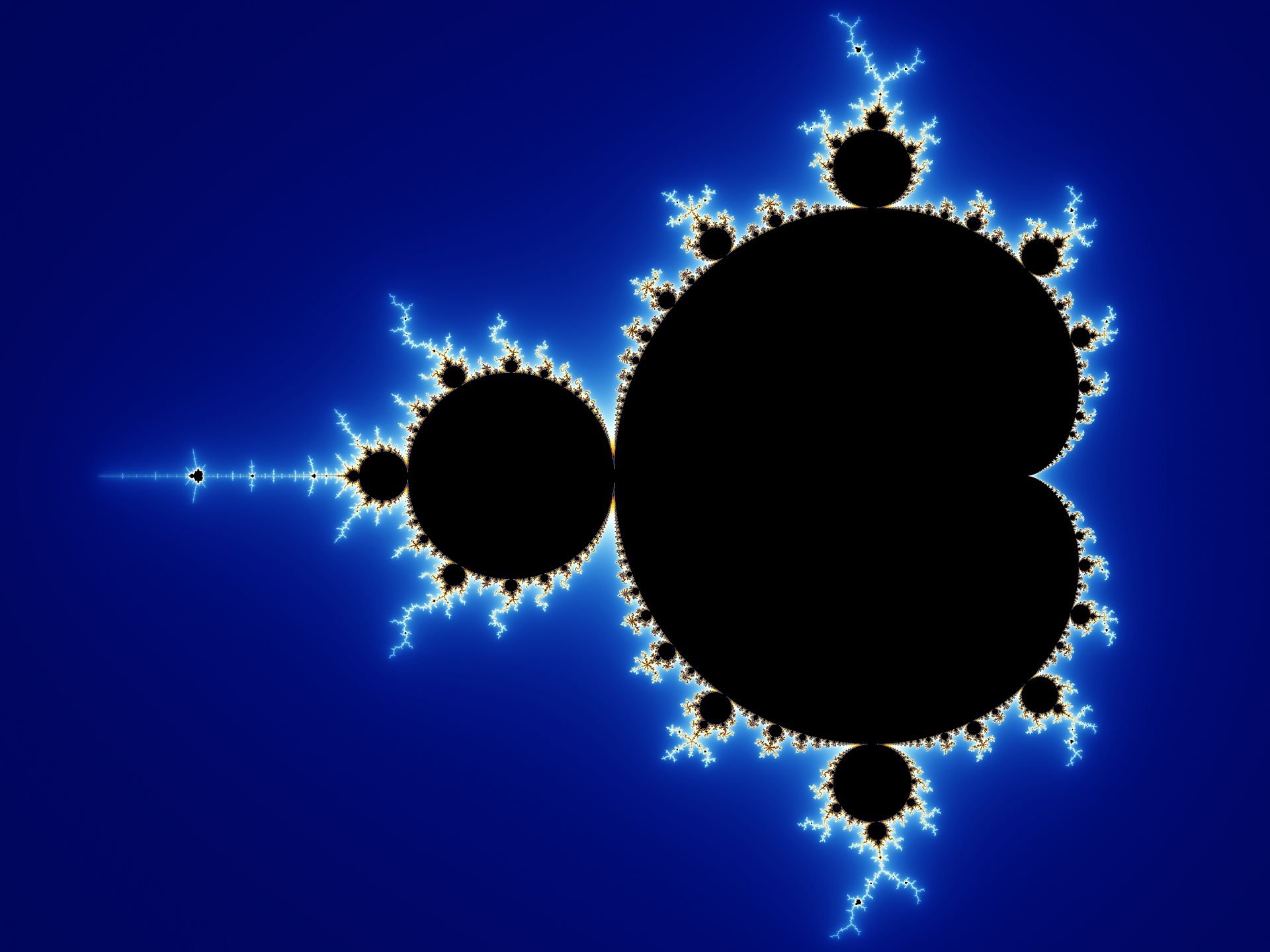What do Pirandello, math and a river have in common? - Part 1
It’s a really great question if you think that we are speaking about finding a common ground among Italian literature, natural science and math. Now, the answer to this question is right below, but I know you are eager to learn and you want to understand how chaos ties these three topics together.
The Chaos
The word chaos, originally, means 'emptiness, immensity' and derives from the Greek Cháos. Cháos was the first Greek god, a mysterious undefined figure that was opposed to Gea, the Earth. The meaning of chaos as 'extreme and uncontrollable disorder' was later assigned with the transition to the Latin language. The word chaos is used today in common language but also in mathematics, science, chemistry and literature to describe different aspects. Let’s see now how math, science and literature are all chaotic at the same time but in different ways.
Chaos in math
In recent decades, we have heard a lot about the "chaos theory": a field of research dedicated to interpreting the subtle relationships between the simple and the complex, between cause and chance. Have you ever heard of the "butterfly effect"? According to this effect, a small variation in an initial state of a system can quickly generate very large differences in the final state. The name comes from the assumption that the beating of a butterfly's wings in Brazil can trigger a tornado in Texas.
These studies developed along with the realization that very simple mathematical equations can provide models of complex systems. Chaos is therefore deterministic. In chaos we can discover order.
The Mandelbrot Set
One of the most famous (and I would add most beautiful) symbols of chaos theory is the Mandelbrot set. Benoit Mandelbrot himself defined his set as "the most complex object existing in mathematics". This set is a mathematical construct that starts with the sequence
Zn = (Zn-1)2 + C
where C is a complex parameter (you can refresh your memory on what a complex number is here).
This sequence can either diverge to infinity or be finite, and the Mandelbrot Set is defined precisely by the set of points such that the sequence is finite. Where chaos and order come together is in the beautiful shape of the Mandelbrot set. Indeed, you can assign a specific color to each point on the boundary of the set based on ‘how fast’ this point diverges to infinity (photo below).
This set developed back in 1980 was the first example of a fractal. The name come from the Latin fractus (=break, shatter) and indicates mathematical anomalies discovered by investigating certain chaotic phenomena. More commonly, when we refer to fractals, we are speaking about geometrical patterns with various degrees of self-similarity that can repeat at different scales. These patterns can be generated through complex mathematical equations but can be also found “naturally” around us (we will see this in the next post :) ).
Created by Wolfgang Beyer with the program Ultra Fractal 3. - Own work, CC BY-SA 3.0, https://commons.wikimedia.org/w/index.php?curid=321973
Fractals, real world and nature
The wildly different behavior, that results when two numbers that are close to each other in the border of the Mandelbrot Set are iterated, is being studied by scientists who want to understand and describe the chaotic dynamics of real systems (like our world). Thanks to all of this, we can now compute the fractal dimension of virtually any convoluted or branched figure that has details at many different scales: from purely mathematical entities to natural objects such as mountains, rivers, or coastlines. But this will be the main topic of the Part 2 of this series of three posts.
But before closing, I want to leave you with the beautiful (have I already said this?) visualization of the Mandelbrot Set and the zoom into its boundary.
Video not suitable for epileptic people
